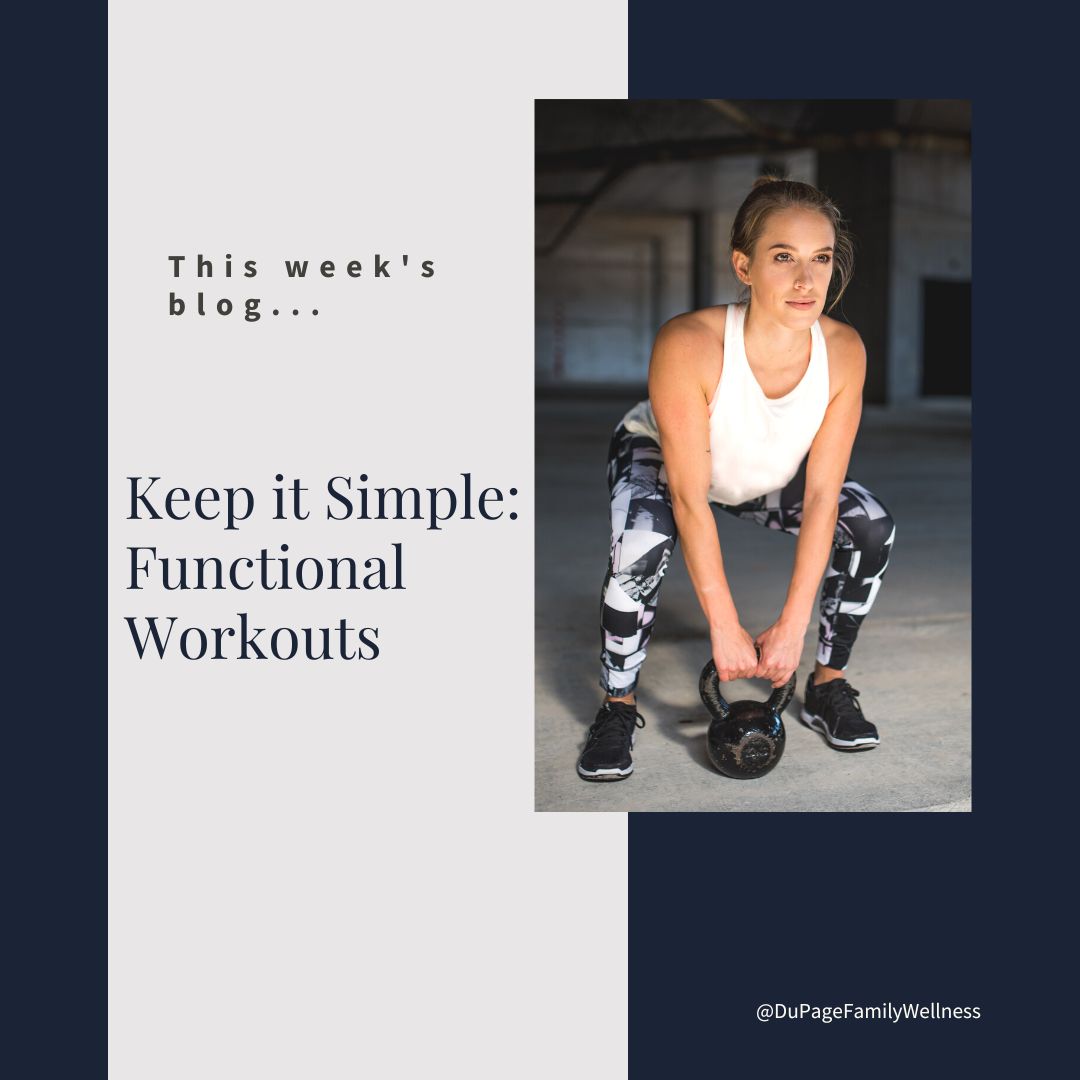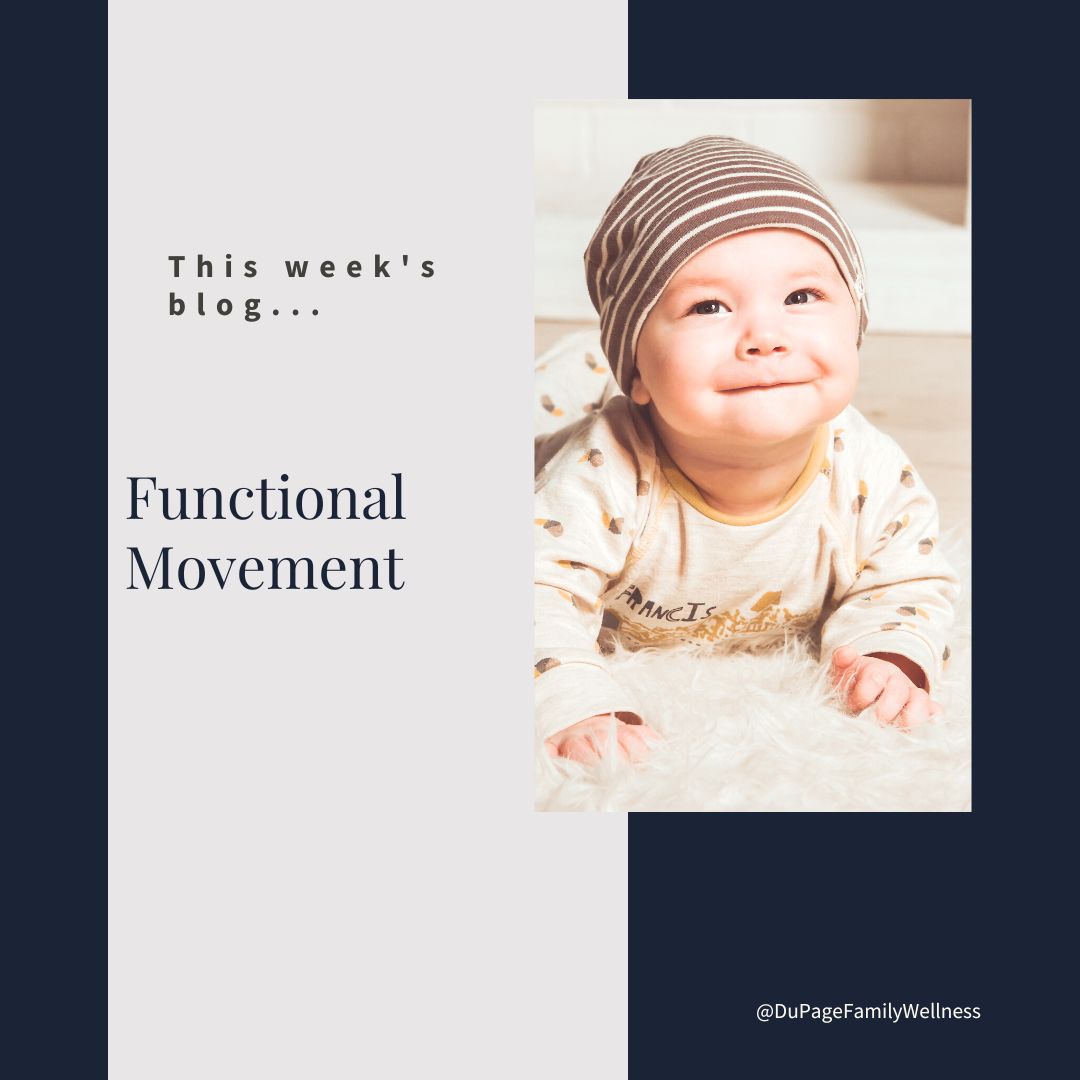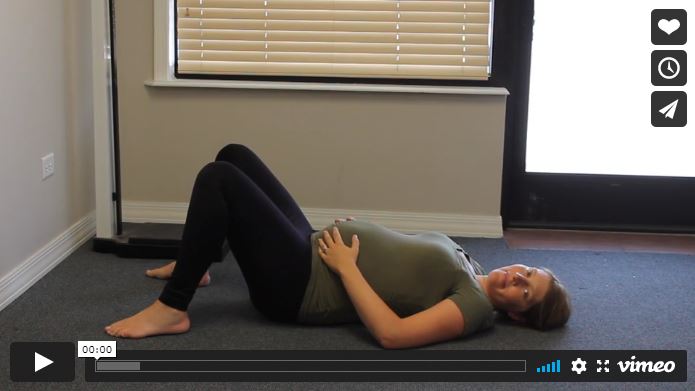 Are you sick of the cold weather and ready for spring to come? If you are like me, you can get a little stir crazy in the middle of winter.
Are you sick of the cold weather and ready for spring to come? If you are like me, you can get a little stir crazy in the middle of winter.
While I enjoy sledding and playing in the snow with my kids, it is a lot of work to get them ready! I find that we are not outside nearly as much when it’s cold. With this in mind, I have a challenge for you today.
I want to talk to you about the benefits of embracing extreme temperature exposures. You may be surprised to learn that practices like taking a cold shower or sitting in a sauna have many health benefits.
I invite you to come into this discussion with an open mind, no matter how much you would prefer to live in a steady warm climate year-round!
Our Ancestors
If you have been following me for a while, you may know that I often look at how our ancestors lived as a guide. There is a huge discrepancy between how our ancestors experienced the weather and how we experience it.
Our current society does not have the exposure to the elements that people did in our ancestors' time. We wake up in temperature-controlled homes, take warm showers, and even drive to work in comfortable cars that have been in the garage all night. Most of us work, live, and spend our time in buildings that maintain a very comfortable temperature.
This is much different than what our ancestors experienced. There were no grocery stores for our ancestors to pick up their food, but they still had to eat in the wintertime. This meant that they had to be out in the elements finding food to survive. Even when they were in their shelter with a fire going, it didn’t maintain a perfect 70 degrees temperature year-round.
Why it Matters
Our bodies have lots of systems in place to regulate our temperature - shivering, goosebumps, sweating, changes in metabolism, etc. It’s good for our bodies to practice using these systems.
If our bodies never have to challenge these systems, they likely won’t work as efficiently and effectively as if they were used regularly. While I am not suggesting we put ourselves in danger (frostbite, heatstroke, etc.), we do not want these systems getting too lax either.
Extreme temperature exposure benefits our mitochondrial function, immune system, fat storage, inflammatory levels, hormone production, cardiovascular system, blood sugar regulation, and detoxification.
Here is a great article as well as a scientific study with more details about hot and cold temperature exposure.
Read more ...
 It can be intimidating to walk into a gym to start a new strength training or weight lifting routine. Many people feel like they need to follow a specific program or hire a personal trainer. While those can be helpful, you can also just start with the basics.
It can be intimidating to walk into a gym to start a new strength training or weight lifting routine. Many people feel like they need to follow a specific program or hire a personal trainer. While those can be helpful, you can also just start with the basics.
Working out doesn’t have to be complicated. When I go to the gym, I focus on large muscle movements that mimic real life activities. It doesn’t take long, but I am strengthening my body in a balanced way.
If you are unsure where to start in the gym, here is what I am currently doing.
Upper Body
For the upper body I focus on push, pull, and press:
- Push - This can be as simple as push ups if you are at home with no equipment. If you do have equipment, you can do a bench press, a band press, or my favorite at the gym is to use the cable pulley machine to do a pushing motion. If those sound too difficult, a wall push up can be a easy place to start.
- Pull - If you are at the gym, you can use the seated row machine or the cable pulley machine to do an upper body pulling motion. Another option here would be to use a dumbbell or kettle bell for a bent over row. At home, exericse bands can be a great option to do a pulling motion.
- Overhead press - Here, use light dumbbells for an overhead press or a band (or my tried and true cable pulley machine with the pulley in the lowest position to the angle of my press is as upward as possible)
- Overhead pull - At the gym you can use the lat pull down machine, or you can use a pulley machine or pull a band with a downward motion. If you have a bar, this can be a pull up. If you can't do a pull up, you can use a band or chair to hold some of your weight.
Lower Body
For the lower body:
- Squat (I.e. standing from seated) - This can be done as simply as standing up from a chair or bench (air squats), or with weight (using a bar on shoulder for back squat, or dumbbells or kettlebells in hand)
- Deadlift (i.e. picking things up off the ground)- with a barbell, dumbbell, or kettle bell
Read more ...
 Since we do not have to teach babies how to move, we typically don’t think about all that goes into their development. If we look closely, however, there is much that we can learn from the amazing process these little ones go through as they grow.
Since we do not have to teach babies how to move, we typically don’t think about all that goes into their development. If we look closely, however, there is much that we can learn from the amazing process these little ones go through as they grow.
While each baby develops at their own pace, they generally develop certain movements in a way that builds upon each other. At first, they strengthen their core by laying on their back and kicking their legs. Then they strengthen the muscles needed to lift their heads, rollover, and crawl.
As we become adults, we are impacted by our environment to move in less effective ways. Research has found that the way a baby moves is the most efficient way to move. When we deviate from this type of movement we will not function at our best.
Let’s look at a set of simple functional movement exercises that can get our bodies moving in more effective ways.
Functional Movement
Functional Progression exercises are modeled after babies and how they move, organize movement patterns, and learn to stabilize. They allow us to reestablish movement patterns so that they become natural again.
As you go through these exercises, your body will begin to automatically move more effectively. You won’t have to think about it and struggle to move in a certain way. They are simple movement patterns and it doesn't take much time to incorporate these movements into your daily life.
Where to Begin
You will begin like a baby begins lying on their backs breathing from the diaphragm.
Breathing properly is a foundational piece of movement. Unfortunately, most adults do not breathe in a natural way. In fact, a pilot study of 96 people in 2003 that assessed breathing mechanics found that only 25% of people breathe properly.
Using the wrong muscles to breathe can lead to a host of problems such as recurrent chronic fatigue, anxiety, panic attacks, as well as many musculoskeletal symptoms.
If you are trying to make changes in the way that you breathe, it will take some time. But you can make real changes if you try to focus on your breathing technique at least once an hour. This video will show you what you should be doing to breathe properly.

Remember, this is the foundation for all the other functional movement exercises, so don’t skip this important step.
Read more ...
 Brrr, it's chilly out there! As I look out my window, the sun is currently shining, but there sure have been some gray days recently. This time of year, many people get the “winter blues.” Scientifically speaking severe cases of this may be called seasonal affective disorder (SAD). This affects an estimated 10 million Americans with women being diagnosed four times as often as men.
Brrr, it's chilly out there! As I look out my window, the sun is currently shining, but there sure have been some gray days recently. This time of year, many people get the “winter blues.” Scientifically speaking severe cases of this may be called seasonal affective disorder (SAD). This affects an estimated 10 million Americans with women being diagnosed four times as often as men.
If you have symptoms severe enough to be clinically diagnosed or you are feeling down, it’s time to do some self-care. This is not an alternative to professional guidance from a psychologist or therapist, but honestly self-care is important for everyone.
Self-care doesn’t have to take long or cost a lot of money. Some self-care techniques only take five minutes and are completely free. While it’s nice to take vacations or do spa days, these little things may be more practical.
So, take time now to look at our biggest tips for taking care of yourself, and start implementing them for the rest of the winter. Maybe you will make a new habit that will serve you for the rest of your life!
Presence
Bringing awareness to the present moment, often done through awareness of your body and surroundings can be incredibly helpful. Most of our worries are about the future or the past, so focusing on the here and now can be extremely helpful in dealing with stress.
Simply close your eyes and pay attention to your breath or look at your surroundings noticing the different sensory input you are experiencing. The key is to be intentional and slow down to notice your body’s experience.
For more directed exercises check out the following.
Social Connection
We all know that meaningful social connections are good for your mental health, but did you know they make a huge impact on your physical health? Positive connections lead to the activation of the parasympathetic nervous system. This is often referred to as co-regulation of the nervous system and is the state where healing takes place.
So, connect with a friend...
- in person, if you are able
- with a video call so you can be face-to-face.
- through a phone call.
- by email and text.
And remember to set some time aside to focus on the people you have in your life on a daily basis. Having a meal, playing a quick game, reading a chapter of a book, or going for a walk together in the evening can be a great way to connect.
Read more ...
 How much sleep do you get each night? It is important to remember that the amount of time you spend in bed is not equal to the number of hours you actually sleep. It takes time to fall asleep, so you need to take that into consideration.
How much sleep do you get each night? It is important to remember that the amount of time you spend in bed is not equal to the number of hours you actually sleep. It takes time to fall asleep, so you need to take that into consideration.
Sleep is essential for the basic repair of systems in the body including the neurological, endocrine, immune, musculoskeletal, and digestive systems. Without adequate sleep, you cannot be healthy. Unfortunately, it isn’t always a priority in our society.
Adults generally require 7-9 hours of sleep each night, but American adults only average 6.8 hours (this is over an hour less than it was in 1942). One-third of adults don’t even get 6 hours of sleep.
To make matters worse, more than a third of Americans have trouble sleeping every night while over half report sleep problems at least a few nights a week. It is no surprise that the use of sleep aids has dramatically increased in recent years.
Let’s look at the importance of sleep and what you can do to improve yours.
Sleep is Crucial
Have you ever realized that you get sick a lot more when you aren’t sleeping well? It is no coincidence. Sleep directly impacts your immune system, but that is not all it impacts. Sleep is also important for:
- Enhancing memory and mental clarity
- Musculoskeletal growth and repair
- Boosting mood and energy
- Increasing stress tolerance
What happens when you don't get enough sleep?
Melatonin (one of the main hormones controlling your circadian rhythms) increases immune system function to protect you from infections. If you are not getting enough sleep it can not do its job.
Sleeping for less than 6 hours a day is associated with low-grade chronic inflammation, worsening insulin resistance, as well as increasing your risk of obesity, diabetes, and cardiovascular disease. It is also associated with heart disease, hypertension, and psychiatric disorders like depression and anxiety.
You can eat a perfect diet, but if you are not sleeping enough and managing your stress, you can still tend towards poor health!
Read more ...
 Are you sick of the cold weather and ready for spring to come? If you are like me, you can get a little stir crazy in the middle of winter.
Are you sick of the cold weather and ready for spring to come? If you are like me, you can get a little stir crazy in the middle of winter. 

 It can be intimidating to walk into a gym to start a new strength training or weight lifting routine. Many people feel like they need to follow a specific program or hire a personal trainer. While those can be helpful, you can also just start with the basics.
It can be intimidating to walk into a gym to start a new strength training or weight lifting routine. Many people feel like they need to follow a specific program or hire a personal trainer. While those can be helpful, you can also just start with the basics. Since we do not have to teach babies how to move, we typically don’t think about all that goes into their development. If we look closely, however, there is much that we can learn from the amazing process these little ones go through as they grow.
Since we do not have to teach babies how to move, we typically don’t think about all that goes into their development. If we look closely, however, there is much that we can learn from the amazing process these little ones go through as they grow.  Brrr, it's chilly out there! As I look out my window, the sun is currently shining, but there sure have been some gray days recently. This time of year, many people get the “winter blues.” Scientifically speaking severe cases of this may be called seasonal affective disorder (SAD). This affects an estimated 10 million Americans with women being diagnosed four times as often as men.
Brrr, it's chilly out there! As I look out my window, the sun is currently shining, but there sure have been some gray days recently. This time of year, many people get the “winter blues.” Scientifically speaking severe cases of this may be called seasonal affective disorder (SAD). This affects an estimated 10 million Americans with women being diagnosed four times as often as men. How much sleep do you get each night? It is important to remember that the amount of time you spend in bed is not equal to the number of hours you actually sleep. It takes time to fall asleep, so you need to take that into consideration.
How much sleep do you get each night? It is important to remember that the amount of time you spend in bed is not equal to the number of hours you actually sleep. It takes time to fall asleep, so you need to take that into consideration.